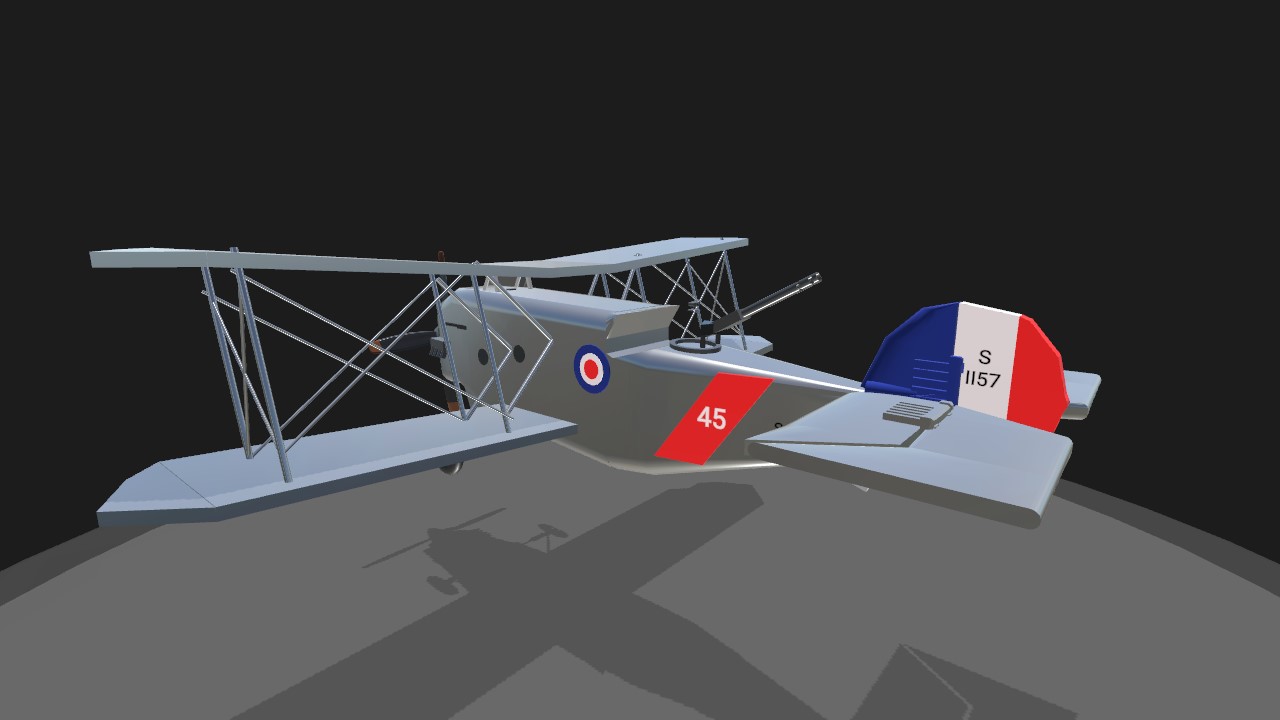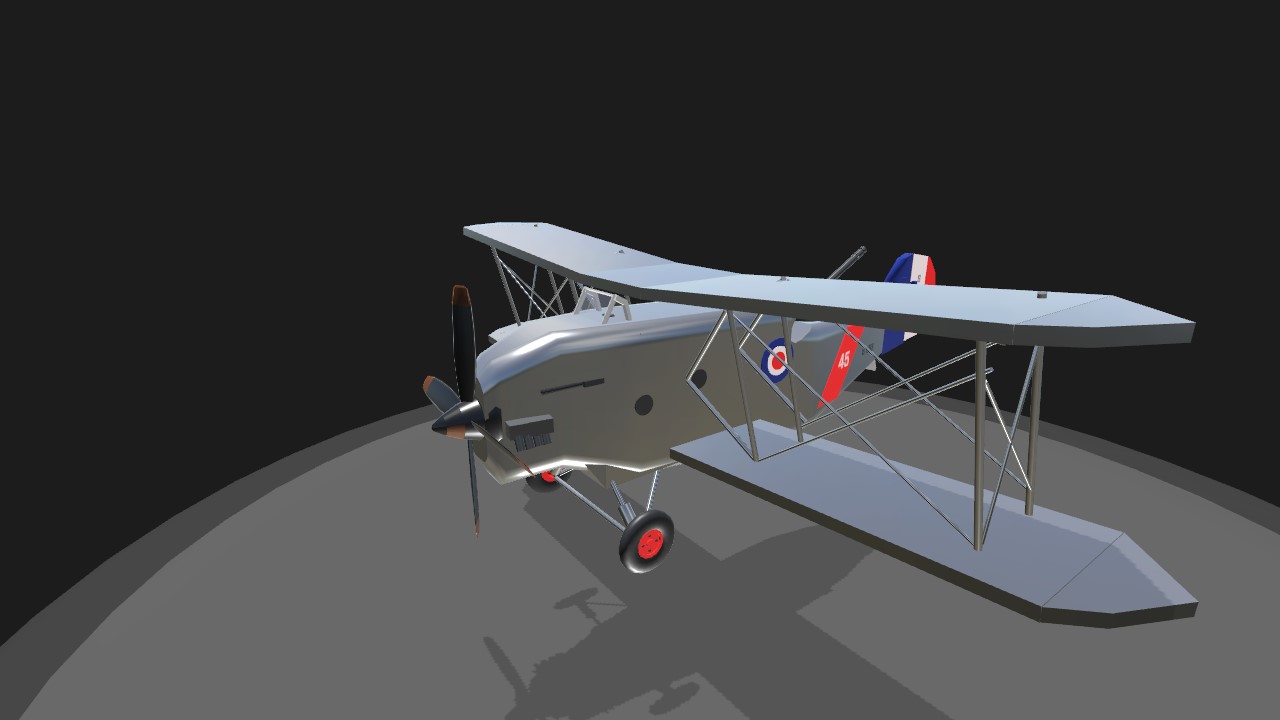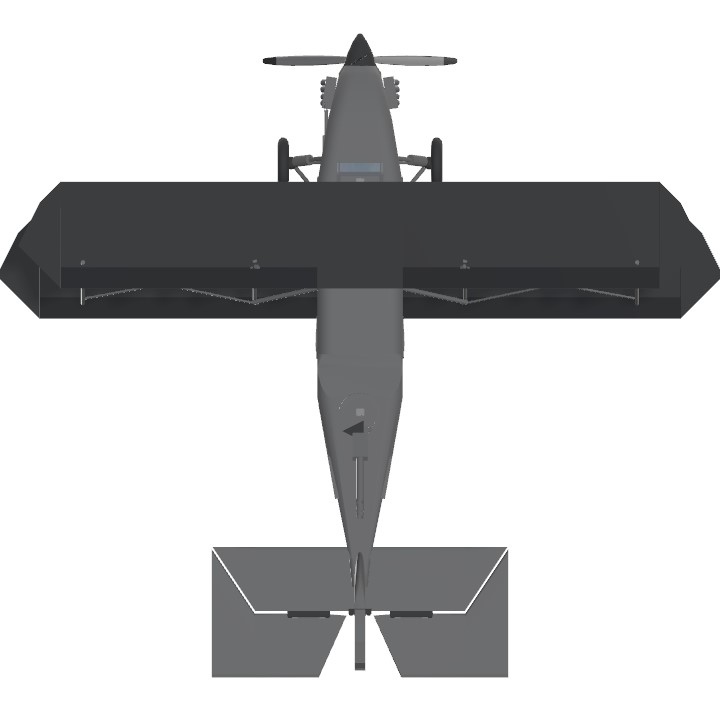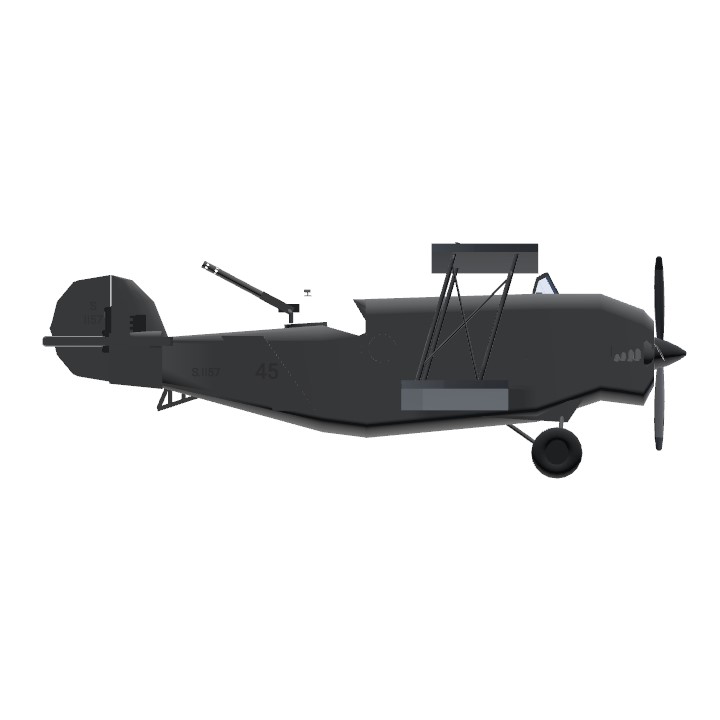The Blackburn was developed to meet a naval requirement (Specification 3/21) for a carrier-based reconnaissance aircraft and gun spotting aircraft. Blackburn designed a new fuselage and used the wing and tail surfaces from the Blackburn Dart. The pilot sat in an open cockpit above the engine, a navigator sat inside the fuselage and a gun position was located at the rear of the fuselage cabin. The aircraft's two-bay wings could fold for stowage aboard aircraft carriers, with the upper wing attached directly to the fuselage, which filled the interplane gap. Armament was a single forward-firing Vickers machine gun mounted externally to the left of the pilot, with a Lewis gun on a Scarff ring for the gunner.[1] Three prototypes were flown during 1922, leading to an initial production contract for 12 aircraft.[2] The production aircraft were designated Blackburn I and the first deliveries to the Fleet Air Arm at Gosport began in April 1923. 18 more Blackburn Is were built in 1923-4.[3] Its first operational deployment was with No. 422 Fleet Spotter Flight, which deployed aboard HMS Eagle in the Mediterranean in 1923.[4] A further order was placed for 29 Blackburns with the more powerful Napier Lion V engine, designated the Blackburn II. The upper wing was raised 22½ in (0.57 m) to improve handling.[3] A few Blackburns were used as dual-control trainers and all the Blackburn Is were converted to II standard before the type became obsolete in 1931, when they were replaced by the Fairey IIIF.
Specifications
General Characteristics
- Predecessor Avro 555 Bison
- Created On Windows
- Wingspan 27.6ft (8.4m)
- Length 24.4ft (7.4m)
- Height 9.1ft (2.8m)
- Empty Weight 7,006lbs (3,178kg)
- Loaded Weight 8,407lbs (3,813kg)
Performance
- Horse Power/Weight Ratio 0.237
- Wing Loading 35.2lbs/ft2 (171.6kg/m2)
- Wing Area 239.2ft2 (22.2m2)
- Drag Points 4479
Parts
- Number of Parts 153
- Control Surfaces 5
- Performance Cost 582






